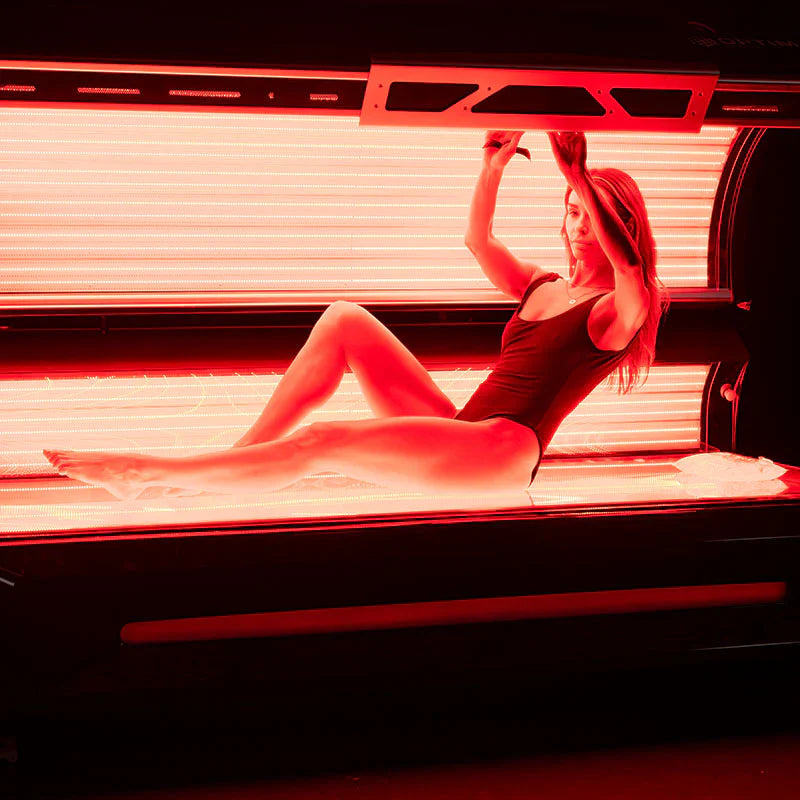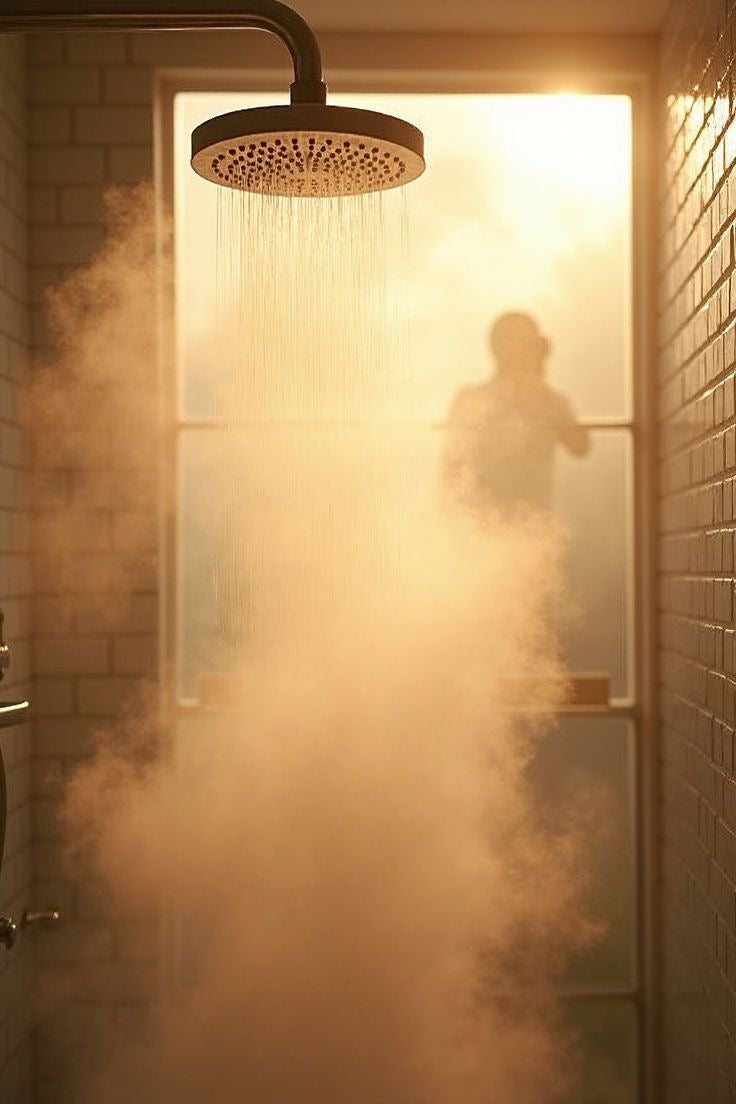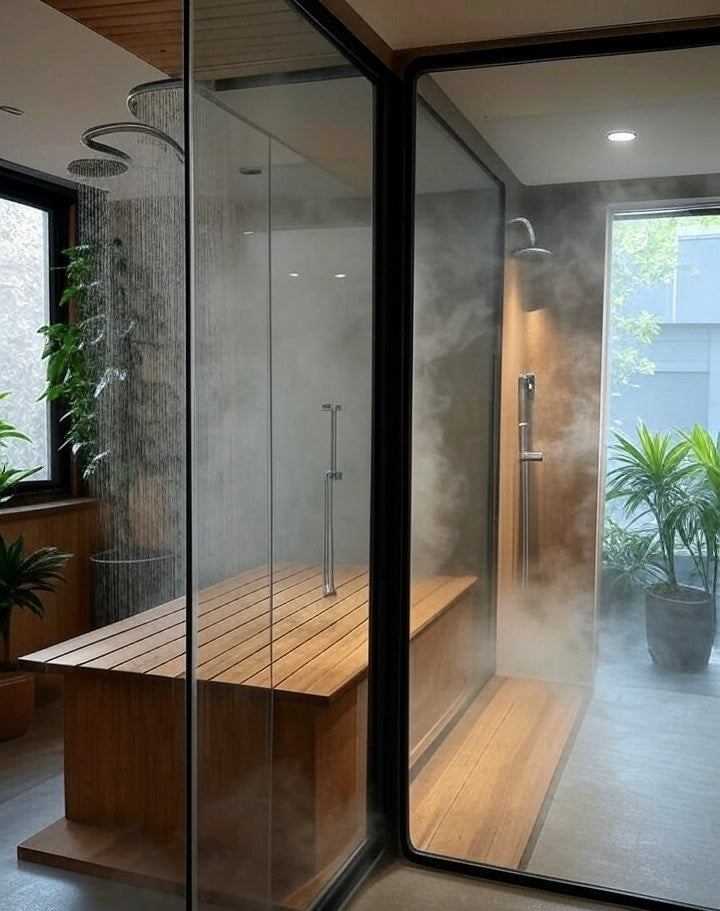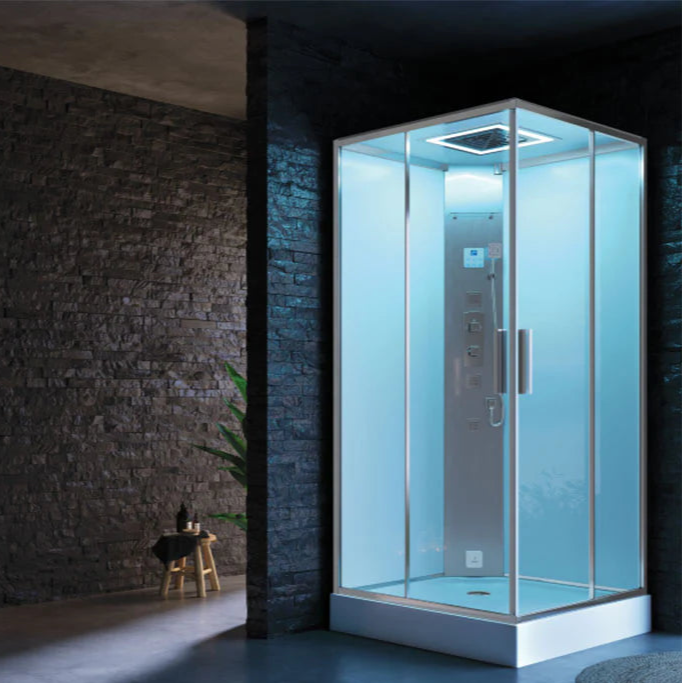Wondering if you can keep your socks on during Red Light Therapy at home? Short answer: You can wear clothes—but you’ll get better results without! Whether you're using Red Light Therapy Panels or stretching out in Red Light Therapy Beds, find out how fabric affects your glow-up game. Keep reading!

Understanding Light Penetration and Effectiveness
Why Direct Skin Exposure is Generally Preferred
For optimal benefits, red light therapy works best on bare skin. This ensures the light reaches deeper tissues without interference. Clothes can block or reduce the light’s effectiveness. More exposed skin usually means more noticeable results.
How Light Interacts with Fabric (Absorption, Reflection, Scattering)
Fabric can absorb, reflect, or scatter light. This limits how much red or near-infrared light reaches the skin. Thicker fabrics cause greater absorption. Even thin clothing can reflect or scatter the light, reducing therapy effectiveness.
The Role of Wavelengths (Red vs. Near-Infrared Light Penetration)
Red light (around 660nm) penetrates only a few millimetres into the skin. Near-infrared light (around 850nm) penetrates deeper, reaching muscles and joints. Clothes interfere more with red light than near-infrared, though both benefit from direct exposure.
Yes, But with Caveats: When Clothing is Acceptable
Targeted vs. Full-Body Treatment Considerations
Clothing may be more acceptable during targeted therapy. For example, wearing underwear while treating just your face or knees may be fine. But for full-body sessions, more skin exposure equals better results.
Balancing Comfort, Privacy, and Efficacy
You don’t have to go completely bare if it’s uncomfortable. Just be mindful that every covered area may receive less benefit. If privacy is a concern, strike a balance by exposing only necessary areas.
Scenarios Where Light Clothing May Be Used
In colder rooms or shared spaces, wearing light clothing is okay. Use breathable and light-coloured garments. This way, you stay modest while still gaining decent benefits from your session.
Maximising Your Red Light Therapy Session: Clothing and Beyond

Optimal Clothing Choices for Red Light Therapy
Preferred Fabrics: Lightweight, Breathable Materials (e.g., Cotton, Linen)
If you must wear clothes, choose lightweight options like cotton or linen. These materials are more breathable and less likely to block light entirely. Avoid blends with synthetics when possible.
Colour Matters: Why Lighter Colours are Better
Lighter colours reflect less red and infrared light. They let more light through to your skin. White, beige, or pastels are better than dark shades like navy or black.
Fit: The Advantage of Loose-Fitting Garments
Loose clothing creates gaps that may allow light to pass through indirectly. Tight clothes compress the fabric against skin, creating a more solid barrier. Loose fits are better for partial coverage.
Clothing Types to Avoid for Effective Treatment
Thick and Dark Fabrics (e.g., Denim, Heavy Synthetics)
Thick fabrics, especially dark ones, block most of the therapeutic light. Denim, fleece, and heavy polyester are examples. They should be avoided during sessions.
Tight or Compressive Clothing
Compression leggings or shapewear restrict light access. They press thick material close to the skin, reducing therapy reach. Keep it loose if you must wear anything.
Reflective Materials or Embellishments
Clothing with metallic threads or shiny prints reflects light away from your body. Sequins, foil designs, and glossy logos may prevent light from penetrating the skin.
Essential Preparation for Best Results (Beyond What You Wear)
Clean Skin: Removing Lotions, Makeup, and Sunscreen
Start with clean, bare skin. Products like makeup and sunscreen can block or reflect light. Even moisturisers may interfere with light absorption.
Device Distance and Positioning
Stay the recommended distance from the light source—usually 6 to 12 inches. Too far, and the intensity drops. Too close, and it may overheat your skin.
Recommended Session Duration and Frequency
Most sessions last 10–20 minutes. Aim for 3–5 times per week to see real results. Stick to a consistent schedule.
Eye Protection: When and Why it's Important
Red and near-infrared light can irritate sensitive eyes. Use protective goggles during sessions, especially if treating your face or using high-powered panels.
Red Light Therapy at Home: Practical Tips for Optimal Use

Setting Up Your Treatment Space
Choose a comfortable, quiet spot at home. Ensure your red light therapy panel or bed is securely placed. Keep it clean and dust-free for best performance.
Consistency is Key for Benefits
Red light therapy works over time. Keep a regular routine to maximise its healing properties. Sporadic use leads to underwhelming results.
Monitoring Your Progress and Adjusting as Needed
Track skin changes, muscle recovery, or pain levels. If results slow down, consider increasing frequency slightly or adjusting session timing. Listen to your body and respond accordingly.
Takeaways
-
Bare skin is best, but light clothing is okay when needed.
-
Choose breathable, light-coloured, loose-fitting clothes.
-
Avoid tight, dark, or reflective garments.
-
Prep your skin and stay consistent for visible results.
-
Use protective eyewear and track your progress over time.
Conclusion
Yes, you can wear clothes during red light therapy—but it's not ideal. For maximum benefit, aim for direct skin exposure, especially when using red light therapy at home with panels or beds. Lighten your outfit, stick to a routine, and let the healing begin.






